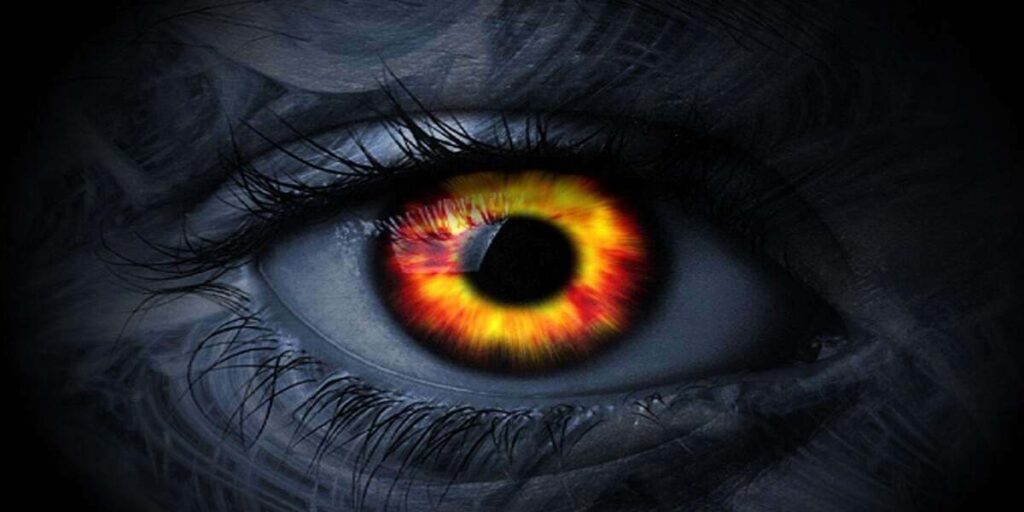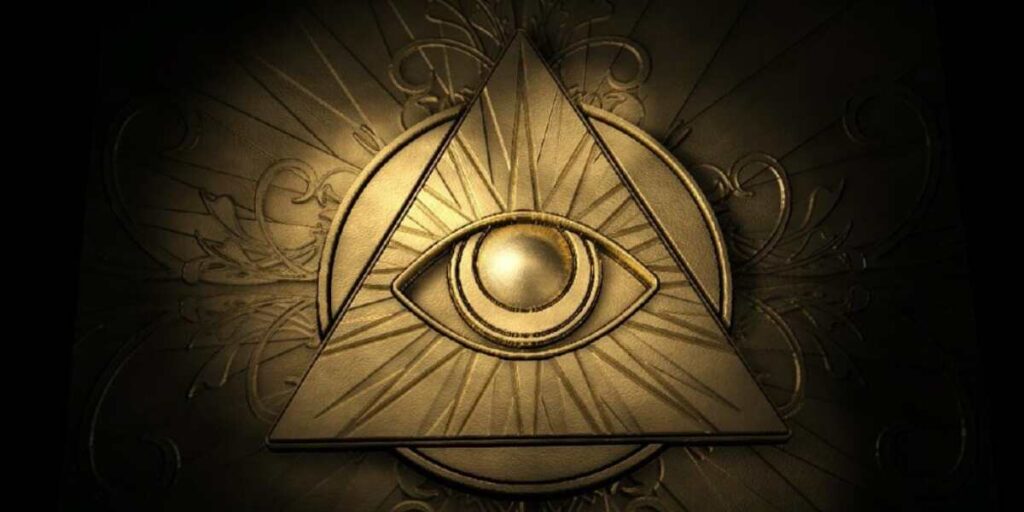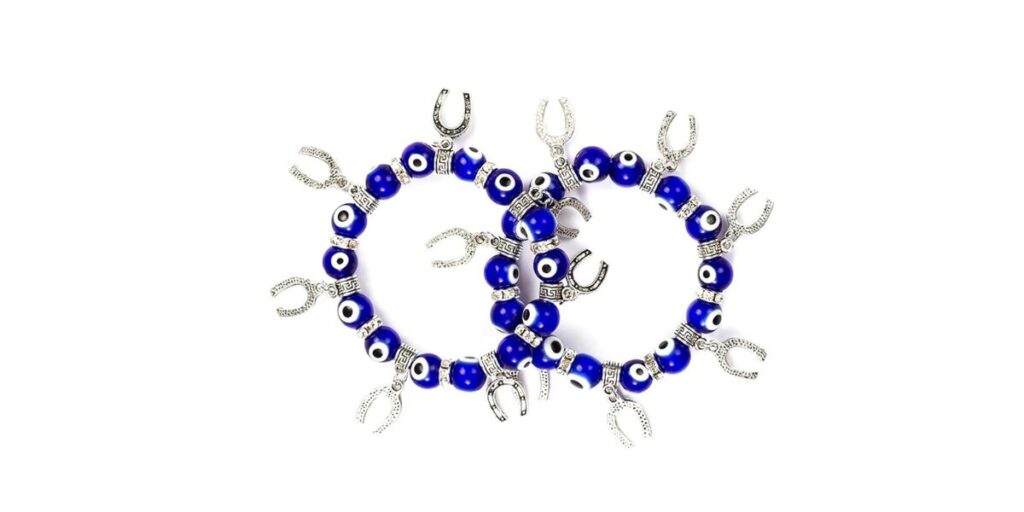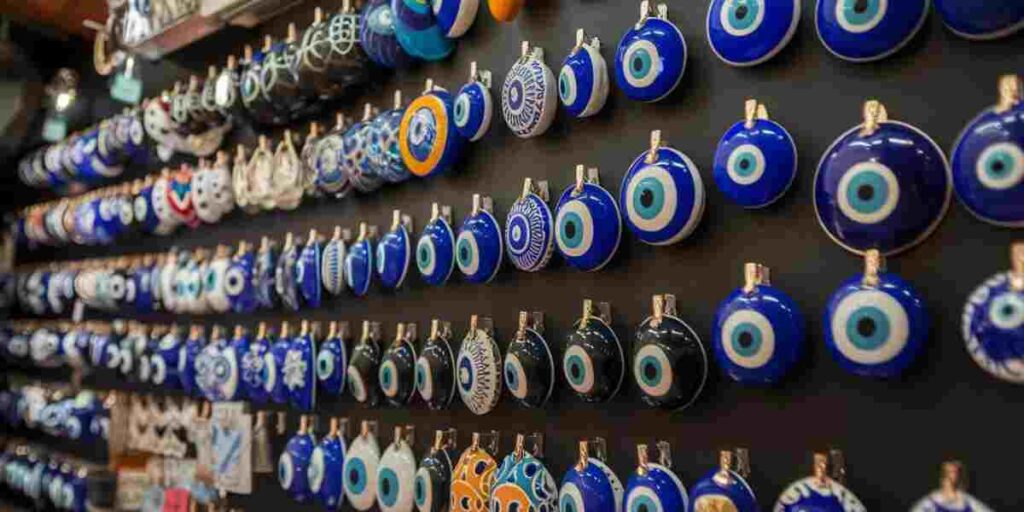You might have heard about the “Greece Evil Eye” before, especially if you’ve been to Greece or seen its symbols in tourist shops. But what exactly is it, and why do so many people believe in its power? The “Greece Evil Eye” isn’t just a random superstition; it’s an ancient belief with roots that go back thousands of years.
Imagine someone complimenting you, only for you to feel sick or experience bad luck soon after. Many believe this sudden misfortune happens when the “Greece Evil Eye” curse strikes.
What Does the Greece Evil Eye Mean?
The “Greece Evil Eye” is a belief that someone can cause harm, misfortune, or bad luck to another person simply by looking at them with envy or malice. It’s often seen as a curse or negative energy cast through a person’s glare. People in many cultures around the world believe that this harmful gaze can bring sickness, bad luck, or even accidents.
To protect against the “Greece Evil Eye,” many people wear talismans or amulets, like the famous blue and white eye-shaped charms, to ward off the negative effects. The belief is common in places like the Mediterranean, the Middle East, and South Asia. This superstition connects to broader ideas of protection, spiritual energy, and the need to guard oneself against hidden dangers.
The Origin of the Evil Eye
The concept of the “Greece Evil Eye” dates back thousands of years, with its origins found in ancient civilizations like Mesopotamia, Greece, and Rome. People believed that envy and jealousy could release negative energy through a person’s gaze, causing harm to those who were admired or successful. This idea spread across different cultures and became deeply rooted in folklore and religious traditions.
Over time, the “Greece Evil Eye” evolved into a widespread superstition across the Mediterranean, Middle East, and Asia. People developed various ways to protect themselves, such as wearing special charms or reciting prayers. The belief remains strong today and continues to shape customs, spirituality, and even modern fashion.
Related Article: Fun Facts about Athens
Understanding the Greece Eye
The “Greece Evil Eye” curse is believed to be cast through a hostile glare, often fueled by emotions like jealousy or anger. Sometimes, the person casting it isn’t even aware they’re doing it. This harmful look is thought to bring misfortune to the person on the receiving end.
Those affected by the “Greece Evil Eye” might suddenly feel unwell, experiencing headaches, dizziness, or even a streak of bad luck. The belief suggests that women and children are more at risk, making them particularly vulnerable to the curse’s effects.
The Evil Eye in Greek Tradition
As you walk through tourist shops in Greece, you’ll notice plenty of talismans and jewelry featuring a blue eye. This symbol, known as the “Greece Evil Eye” or “kako mati,” has a rich history dating back to Ancient Greece during the height of its civilization.
The belief in the “Greek evil eye Meaning” has deep roots in Greek culture and is thought to protect against negative energy or harm caused by jealousy or envy. This concept, still popular today, has been passed down for centuries, with blue-eye charms offering protection and peace of mind to those who believe in its power.
Greece Evil Eye: Protection and Remedies

Imagine a friend compliments your new hairstyle, and later that day, you develop a sudden headache. Some would say you’ve been affected by the “Greece Evil Eye.” People believe that those with blue eyes are more likely to cast this curse, which is why many talismans feature a blue eye for protection.
To guard yourself from the “Greece Evil Eye,” many recommend wearing an evil eye charm, known as a mati, or a cross on a chain. For added security, some choose to wear both, combining different forms of protection to ward off the effects of the “Greece Evil Eye.”
The earliest mention of the “Greece Evil Eye” was discovered on ancient clay tablets in Mesopotamia. This concept later became a frequent topic in Ancient Greek writings, where the belief was that harmful energy could be sent out through someone’s gaze.
People in ancient times believed that these deadly rays, coming from the eyes, had the power to bring misfortune or harm to others. This idea continued to influence their culture and stories for generations.
Historical Development of the Greece Eye

The earliest protective charms against the “Greece Evil Eye” were created in the 6th century BC. These symbols were believed to offer defense against the harmful effects of the curse.
As Alexander the Great expanded Greek culture to the east, the belief in the “Greece Evil Eye” also spread to new regions, blending with local traditions and becoming a widespread superstition across different cultures.
The belief in the “Greece Evil Eyes” appears in various cultures around the world. In Pakistan, it’s known as “nazor.” To protect against its effects, people often recite passages from the Quran. In Islam, the it is thought to be the power some individuals have to cause harm through their gaze.
Jewish culture also has its way of guarding against the “Greece Evil Eye.” Many people wear a talisman shaped like a hand, which is believed to offer protection from harmful looks. This shows how widespread and diverse the belief in the “Greece Evil Eye” is.
The belief in the “Greece Evil Eye” is still very strong in Greece today. Many Greeks think that admiring a newborn can trigger a curse. To prevent this, people often spit on the ground and make a “flou flou” sound after looking at the baby. This is meant to ward off any potential harm.
To protect their babies from the “Evil Eye,” many parents attach a mati charm to their child’s clothing. This practice helps ensure that the baby stays safe from any negative effects believed to come from envious or admiring gazes.
In Greece, many brides include a touch of blue in their wedding attire or place a mati charm in their flowers or jewelry for protection. This tradition helps to safeguard them from the “Greece Evil Eye’s” negative effects on their special day.
People of all ages in Greece also use the mati as a protective charm. Adults might wear it on a necklace or bracelet, while children often sport a blue bead on a cord around their wrist. This practice reflects a widespread belief in the charm’s ability to ward off harm.
Additional Methods of Protection in Greece

Besides wearing “Greece Evil Eye” charms, there are other ways to protect yourself from its effects. For instance, some people dab black soot from the fire behind each ear or hang wild garlic and large glass “Greece Evil Eye” charms on their walls. These practices are believed to offer additional protection against negative energy.
In Greece, various traditions exist to remove the negative effects of the “Greece Evil Eye,” known as “xematiasma.” These methods differ by region, reflecting the diverse ways communities address and counteract the curse’s influence.
If someone believes they’ve been affected by the Evil Eye, visiting a priest can help lift the curse. The priest will say a special prayer three times in front of the person who is suffering from the curse.
In many villages, some locals know this prayer and can recite it three times to remove the curse when needed. This practice offers a traditional way to address the “Evil Eye’s” negative effects and restore peace.
When someone has been affected by the “Greece Evil Eye” and the prayers are successful, they often experience a strong urge to yawn repeatedly. This reaction is seen as a sign that the curse has been lifted.
This physical response helps confirm that the traditional ritual or prayer has worked, offering relief to those who believe in its power.
Shopping for Evil Eye Talismans in Monastiraki

As you explore the market in Monastiraki, you’ll find a wide variety of “Greece Evil Eye” talismans and jewelry for sale, along with mugs and other items. Whether or not you believe in the “Evil Eye,” these unique pieces offer a glimpse into Greek culture.
These items make for beautiful and meaningful gifts or souvenirs, capturing the essence of Greece. They’re perfect for anyone looking to take home a special reminder of their visit.
How does the Greek Orthodox Church View the Evil Eye?
The Greek Orthodox Church recognizes the “Greece Evil Eye,” or “kako mati,” as a real spiritual issue. They believe that it can cause harm through jealousy or envy and have even created a special prayer, called “Vaskania,” to help those affected by the curse. This prayer is recited to protect people or to relieve someone who has already fallen under the curse.
The Church takes the “Evil Eye” seriously and sees it as part of the spiritual warfare that people face. They believe that faith and prayer can shield individuals from this negative energy. The tradition is still strong today, with many Greeks turning to their faith for protection and healing.
Why do Greeks Believe Children are Especially Vulnerable to the Evil Eye?
Greeks believe that children are especially vulnerable to the “Greece Evil Eye” because they are seen as pure and innocent, making them more likely to attract jealousy or envy. This belief stems from the idea that negative energy, like that from an envious glance, can more easily affect those who are unprotected or unaware of it, such as babies and young children.
To protect children from the Evil Eye, Greeks often use blue eye charms, which are pinned to a baby’s pillow or clothing right after birth. These charms are believed to reflect and block the harmful energy of the Evil Eye, keeping the child safe from misfortune or illness caused by envious looks. The use of these charms in protecting children showcases the cultural importance of guarding against the “Evil Eye.”
Frequently Asked Questions
Why is the evil eye so popular in Greece?
The “Greece Evil Eye” is popular because it’s an ancient belief that negative energy from jealousy or envy can cause harm.
Where do you put the Greek evil eye?
You can wear the greek evil eye as jewelry, like a necklace or bracelet, or place it in your home, car, or on clothing to protect against negative energy.
Is the evil eye bad to wear?
No, wearing the evil eye is considered protective. It’s believed to shield the wearer from harm caused by envious glances.
Is the Greek eye good or bad?
The “Greece Eye,” or “mati,” is considered good as it’s worn to protect against the bad effects of the evil eye curse.
Is the evil eye from Turkey or Greece?
The belief in the evil eye exists in both Turkey and Greece, as well as in many other cultures.
How to remove the evil eye with salt?
To remove the evil eye using salt, some people sprinkle salt around the home or rub it on the body to absorb negative energy, then wash it away to cleanse the curse.
Can I give someone my evil eye bracelet?
Yes, gifting an evil eye bracelet is seen as a kind gesture that offers protection to the recipient against negative energy.
Conclusion
The Evil Eye is an ancient belief that remains deeply rooted in Greek culture. Many people think that envy or jealousy can cause harm through a person’s gaze, leading to bad luck, illness, or misfortune. To protect against these negative effects, Greeks use talismans, prayers, and rituals that have been passed down for centuries.
The blue-eye charm, or “mati,” is a popular symbol of protection, worn by both children and adults to ward off the Evil Eye. The Greek Orthodox Church acknowledges the Evil Eye as a real spiritual threat and offers special prayers for protection. The belief continues to influence everyday life in Greece, from the charms people wear to the traditions they follow in weddings and daily interactions. These practices show the strong cultural and spiritual significance of the Evil Eye in modern Greece.
